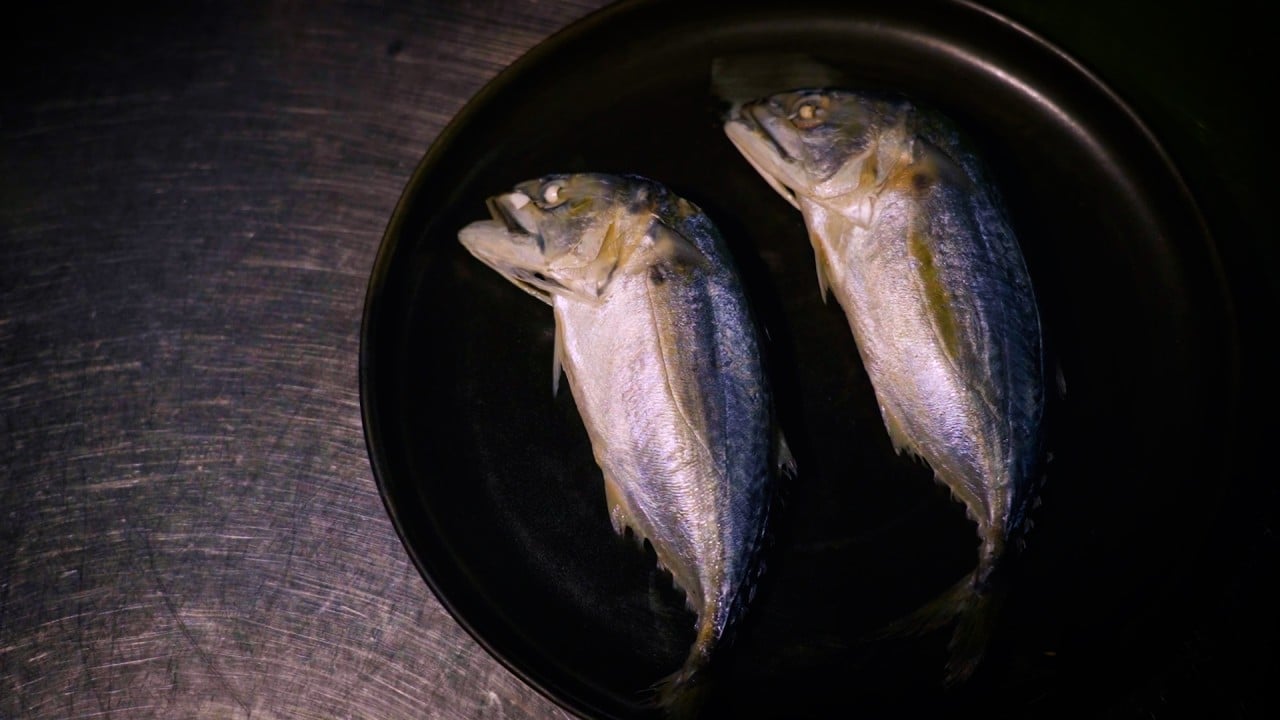Is Thailand’s favourite fish on its way out? How insatiable appetites put ‘pla tu’ mini-mackerel in peril
But as sea temperatures rise and extreme weather patterns turn ocean currents upside down, pressure is also rising on the marine ecosystem – causing the plankton-munching pla tu’s population to nosedive.
Thai fishers say their annual catch now is only two-thirds of what it was just 30 years ago, sounding the alarm for the wider health of the sea as a central pillar of the food chain starts to wobble.
In the struggle to survive, the fish are becoming smaller and breeding earlier, according to scientists.
“They are trying to adapt to the maximum ability they can,” Jes Kettratad, an assistant professor at Chulalongkorn University’s Marine Science Department, told This Week in Asia. “If you push it a little bit further they probably can’t do it and that’s when the stock is going to crash.”
This is the story of a shrinking fish, the nation that has come to rely on it and how little time may be left to save the species.
In the Bay of ‘Abundance’
From a hill in Chonburi, on Thailand’s eastern seaboard, overlooking a bay marked by commercial piers and dotted with container ships puffing out black smoke, Amornsak Panyacharoensri remembers when things were very different.
“When I was a child the sea was full of life. We used to walk into the sea with just a storm lantern filled with paraffin, and caught sea life just like that,” said the genial third-generation fisherman and president of Chonburi’s Coastal Fishing Association.
Large blue crabs, grouper and mullet were attracted to the light and could be scooped up by the handful, Amornsak recalls, as the hamlet of Ao Udom (which translates to Bay of Abundance) revelled in its reputation for fine and plentiful fish and seafood.
But that was then.
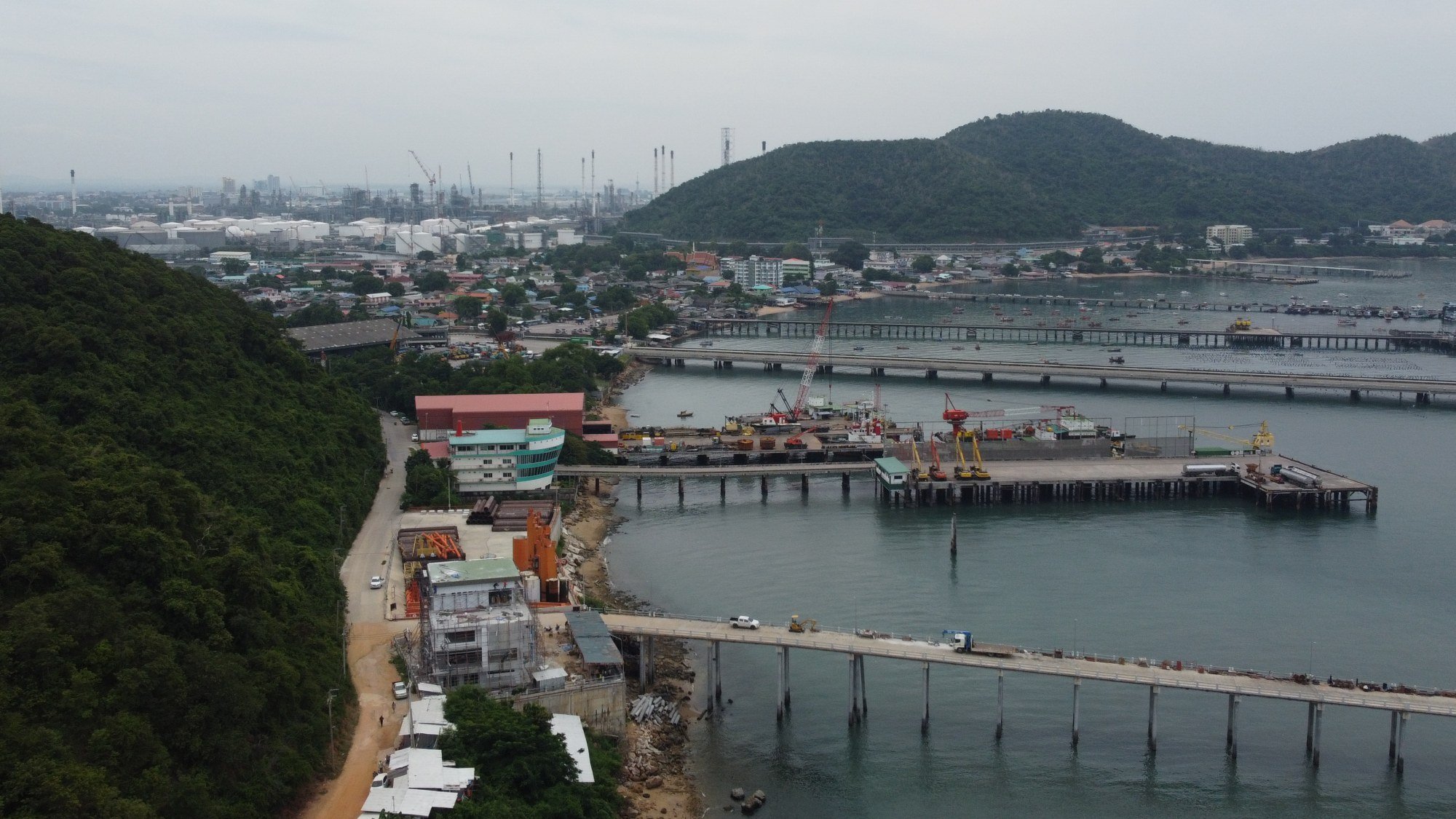
“Now the sea, once beautiful with an unobstructed open view, has become an industrial base,” he said, explaining that large trawlers operating several kilometres offshore haul away most of the good catch, while “weekend fishers” closer to the coast vie with locals for the rest.
“Demand comes from everywhere for our fish, it’s domestic, it’s global … [and now] the balance is off, it’s out of control.”
New ports, refuelling points for shipping and companies ranging from EV giants to aircraft-parts makers have been joining the oil refineries, pipelines and factories that already populate much of the industrialised eastern seaboard.
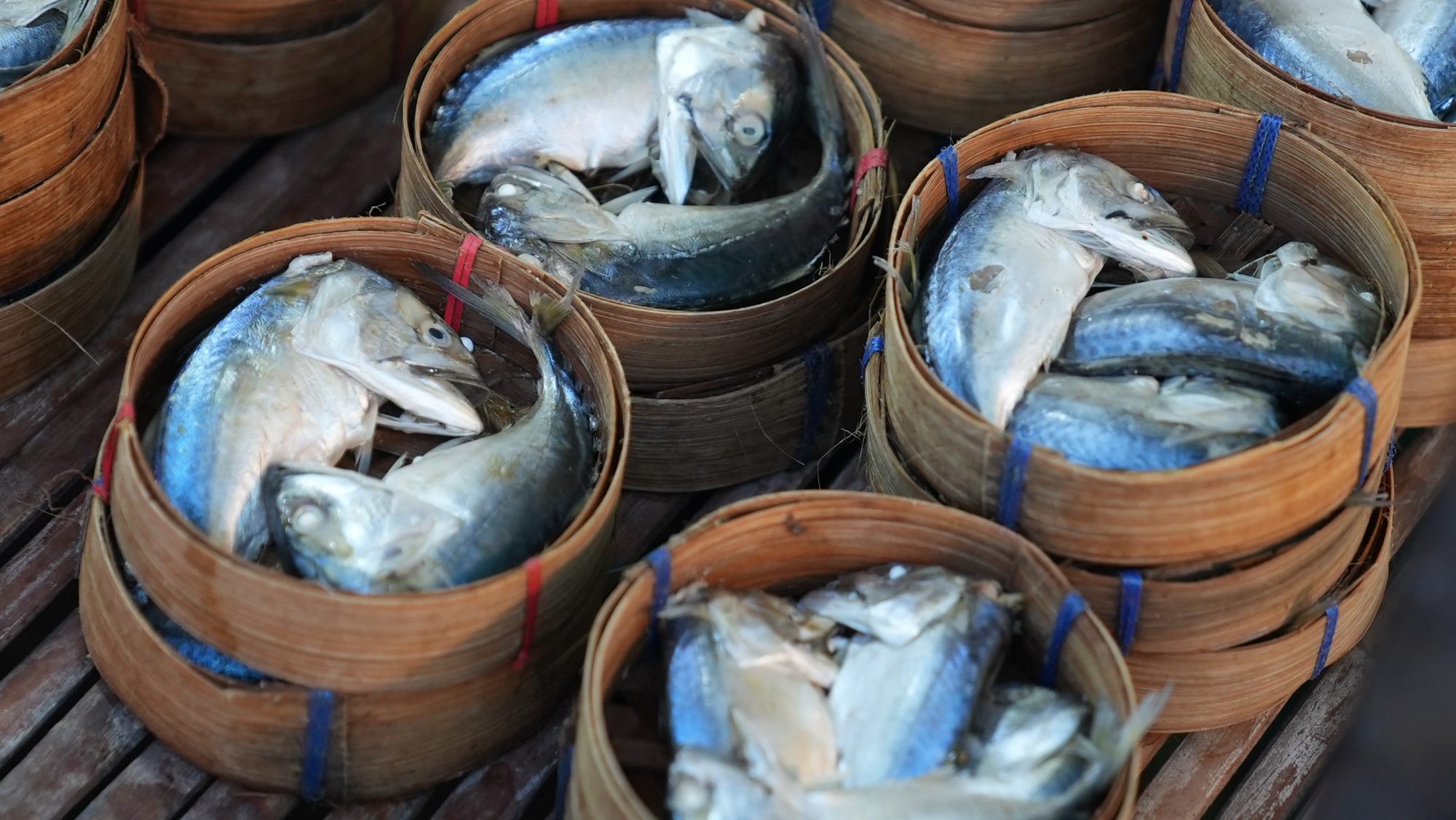
The province sits at the northern end of the horseshoe-shaped Gulf of Thailand, where pla tu traditionally spawn from October onwards at the end of a migratory cycle that brings them from the south to feast on the plentiful krill and baby shrimp.
The pla tu’s life cycle starts near Chumpon on Thailand’s long, slender southern peninsula. From there they arc northwards, hugging the coast towards Mae Klong, as they mature into adults powered by nutrients pouring into the sea from major estuaries.
“Their favourite breeding ground is here in Chonburi,” Amornsak said. “After they have laid eggs in Chonburi, they’ll return to their original breeding ground and repeat the yearly cycle.”
But this natural rhythm has been interrupted.
The past five years have seen record low pla tu catches, hitting a nadir in 2018 with just 11,000 tonnes netted, according to official statistics from Thailand’s Fisheries Department.
Last year’s 32,000 tonnes was a little healthier, but still a far cry from the 136,000 tonnes caught in 2011 and 128,000 tonnes three years later. The longer term trend tracks a three-decade decline: in 1992, 96,000 tonnes of pla tu were caught.
To help stocks recover and allow the fish to mature before they face the fishermen’s nets, the Fisheries Department has instituted months-long fishing bans in the Gulf’s inner coastal areas. Yet the annual catch is still decreasing despite these efforts.
This year, the fishing ban was imposed in the south between June and August and then along the coastal provinces further north between August and September to allow for spawning and the resulting larvae to feed and grow.
Smaller fish means they have to reproduce at a younger age … when that happens we know something is not right
It’s too early to say if the expanded ban worked as no published data on its impact is yet available.
But fishermen say their empty nets suggest more disappointment is to come.
A shrinking species
Decades back, pla tu would reach first maturity – or reproductive age – when they hit 20cm-30cm in length. Over the years, that gradually dropped to 16cm.
And now, it is just 13cm, reflecting “a pretty scary” process of natural selection the fish have undergone to survive, according to marine scientist Jes Kettratad of Chulalongkorn University.
“Smaller fish means they have to reproduce at a younger age … when that happens we know something is not right,” he said, adding that warmer sea temperatures and altered wind and rain patterns as a result of climate change had likely played a major role in rewiring the pla tu’s life cycle.
There is no way to tell for sure when the population may collapse, but if the current levels of decline continue Jes speculated that it could happen within two or three decades.
That bleak trajectory will have a calamitous impact on the hundreds of thousands of people currently employed in the pla tu industry, from fishers and fishmongers to the bamboo-basket makers, ubiquitous in Thai markets, who sell handmade receptacles for trios of ready-to-fry fish.
It does not bode well for the rest of the sea’s inhabitants, either.
“Pla tu eats smaller fish and is eaten by bigger fish,” said Amornsak, the Chonburi fisherman. “They are in the middle of the food chain. If the pla tu supply is decreasing, other fish that feed on them like giant queenfish or grouper … will follow suit because they have no food.”
With the shortbodied mackerel population depleted, Thai fishers have had to look further and further down the food chain for new sources of protein.
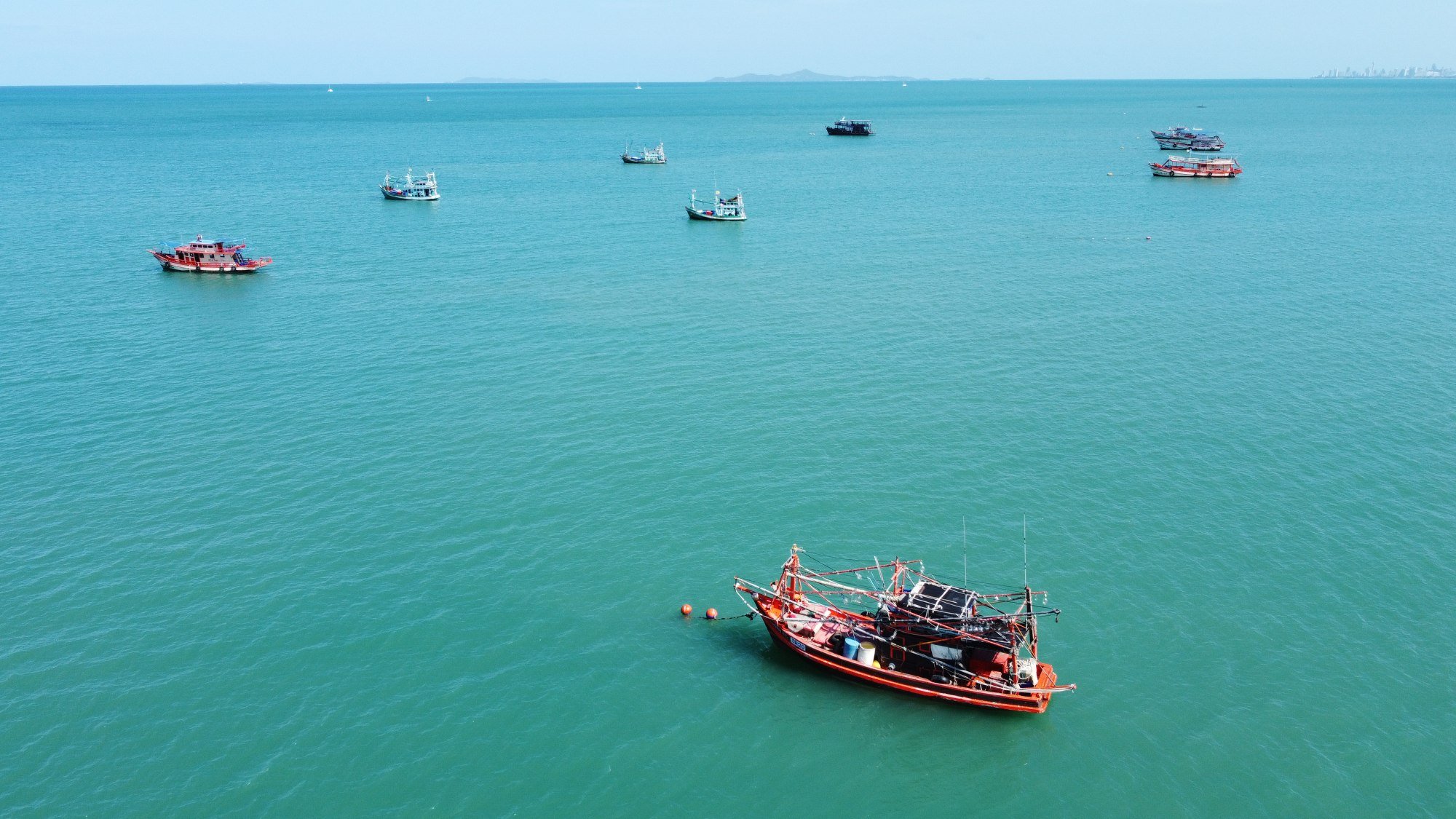
“They’re hoovering up this incredibly important species before it’s the right size, or has achieved its full value,” said Dominic Thomson, Southeast Asia regional director of the Bangkok-based Environmental Justice Foundation. “It’s a race to the bottom.”
With more than 8,000 commercial vessels in the Gulf, the EJF says that bottom trawlers are responsible for indiscriminately scooping up fish, including juveniles too small for the main market, which are instead bundled up as cheap ‘trash fish’ to be used in pet food and animal feed.
Pausing fishing is not an option, however, in a kingdom where fisheries employ more than 2 million people, contribute US$3.45 billion a year to gross domestic product and account for 8 per cent of all exports, according to government data.
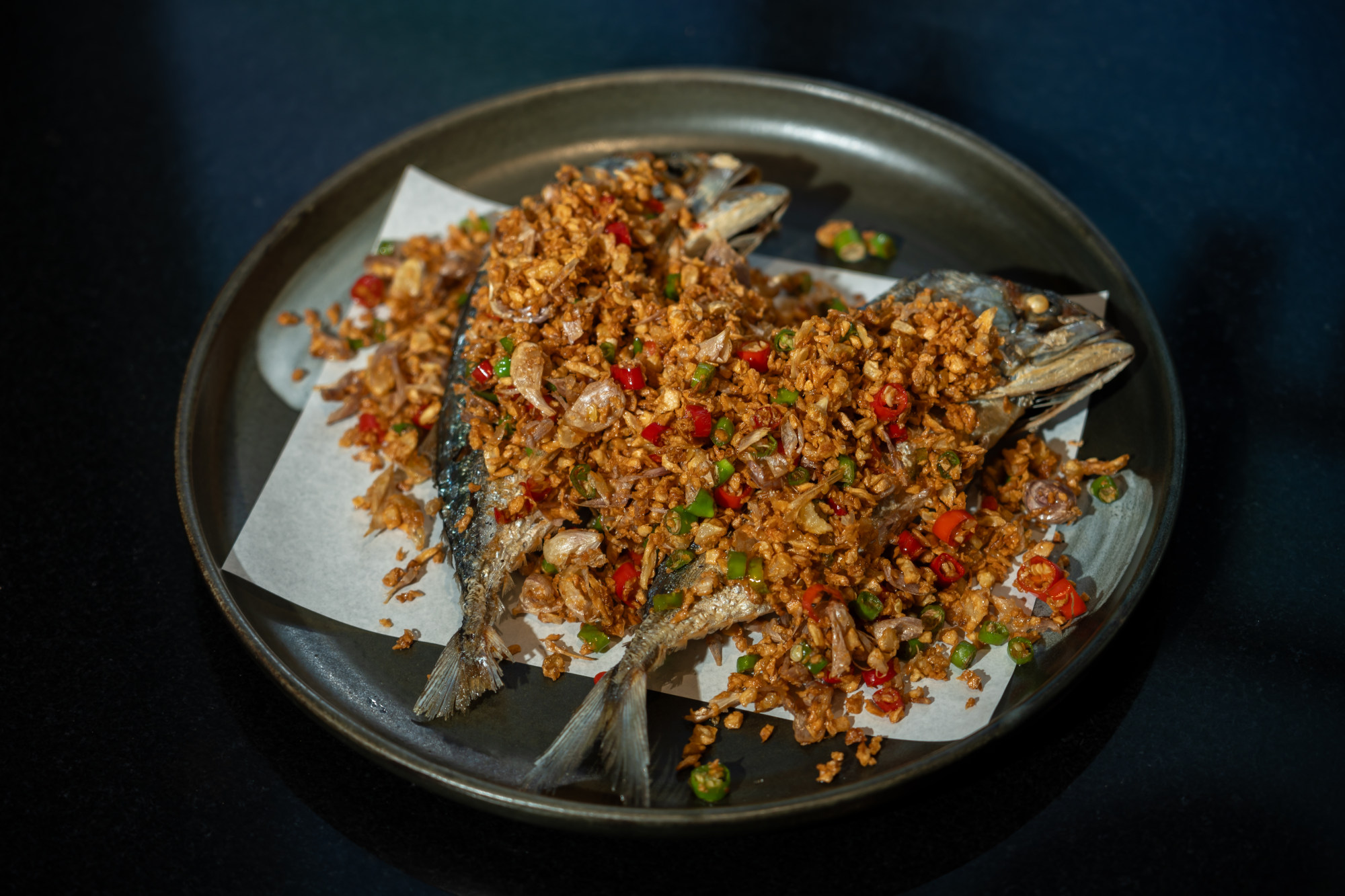
The new business-friendly government of Thai Prime Minister Srettha Thavisin has said that these onerous restrictions should now be loosened – a move that environmental groups have rejected as unwise.
Commerce Minister Phumtham Wechayachai emphasised the importance of “restoring justice to fishermen and successfully reviving the fishing industry” on November 30, when he announced a new fisheries bill that is expected to be put before Thailand’s parliament early next year.
Catch goes down, costs go up
The provincial capital of a small namesake province southwest of Bangkok is one of Thailand’s largest fishing bases and a famed source of pla tu.
Fish unloaded from the boats are whisked the few kilometres to wholesalers in the Mae Klong market, which supply restaurants across the country. Pla tu from here is coveted as the freshest and meatiest available, in a country that revels in regional specialities and produce.
“Years ago smaller vendors used to come and buy them from me but they’ve all vanished now,” said “Auntie Wan”, who has been selling mackerel at the market for 40 years.
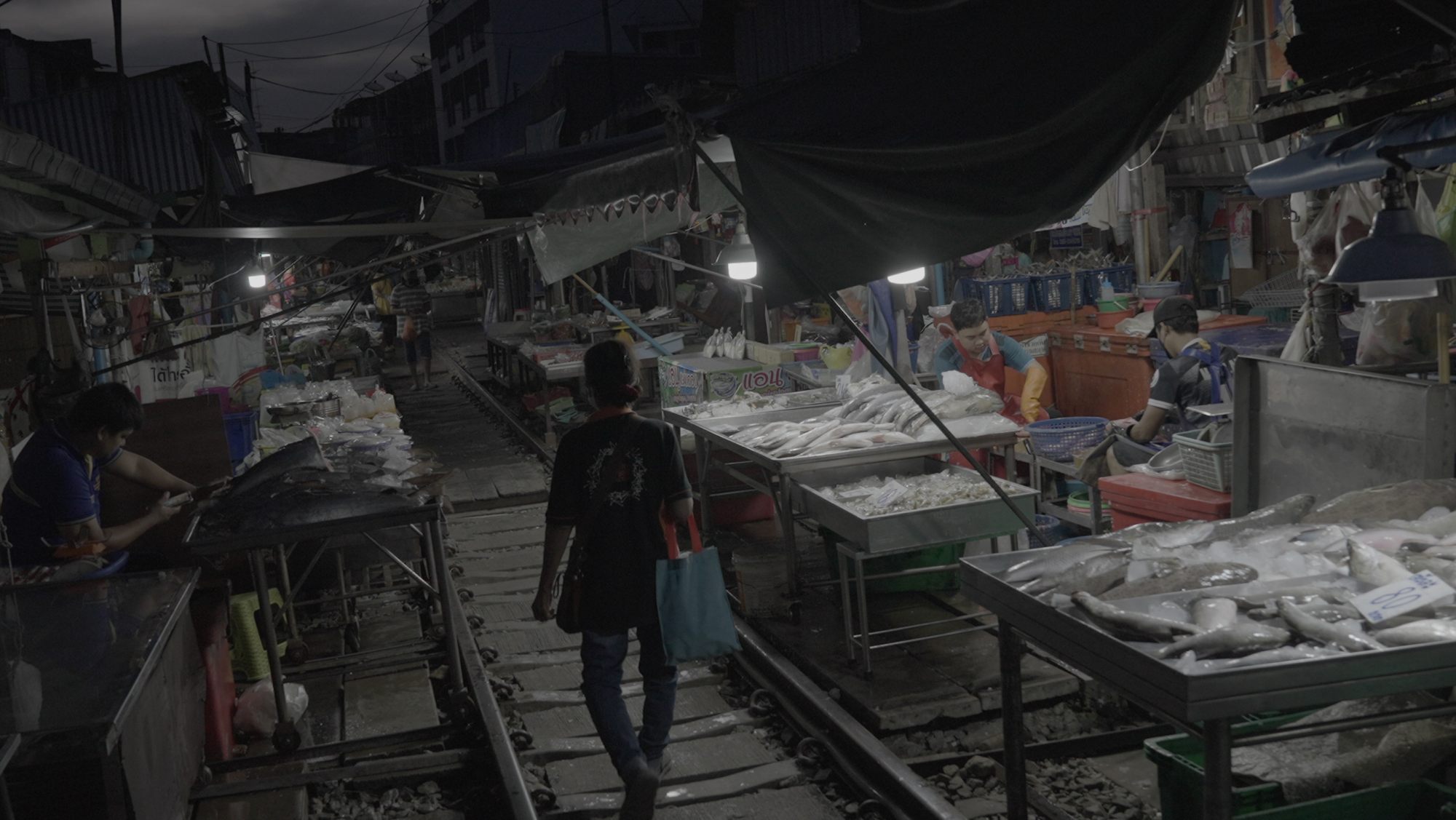
As electric lights poured onto her stall, she lamented the shortages for pushing prices up to 150 baht (US$4.26) a kilo – or sometimes more, depending on the day’s catch.
“The cost has increased 10 fold,” she said. “I used to sell over 100kg a day, now it’s down to 20kg on weekdays.”
Imports of larger mackerel species, including from Indonesia, make up for the shortfall as consumer demand seems to ceaselessly increase.
At her family-run Khua Kling Pak Sod restaurant in Bangkok, Varesara Smitasiri told This Week in Asia that pla tu – deep fried and served with garlic and chilli, boiled in a sharp Tom Yum soup or curried – retains a treasured place on Thai menus.
It’s easy to find, delicious, meaty and packed with protein … That’s why ‘pla tu’ is a meal for every Thai household
“It was the first fish I tasted as a child,” she said. “It’s easy to find, delicious, meaty and packed with protein … That’s why pla tu is a meal for every Thai household.”
Thais insist that imported Indonesian or Malaysian fish are not as succulent as the local variety nourished in the sediment-rich Gulf of Thailand.
To save the species, the Fisheries Department is experimenting with artificially breeding it and releasing the resultant fry into the wild. But high costs and the multiple variables affecting the survival of young fish at sea make success uncertain.
Small traditional fishers are likewise aiding attempts to repopulate the seas with homespun nurseries that dot the Gulf. And while their efforts may fall short in terms of scale, they at least reflect a recognition from those living closest to the waters of the crisis at hand.
Why Hong Kong’s taste for endangered reef fish is a problem
Why Hong Kong’s taste for endangered reef fish is a problem
Ultimately, the only solution to the pla tu’s decline may be as radical as it is unpalatable.
“What I would want is to close down the fisheries for a year,” Jes said. “The Gulf of Thailand is so productive, if you leave it on its own for a while it will bounce back, the abundance will return.”
But doing so would decimate the livelihoods of millions, he concedes, showing how the environment, economy and consumer demand limit the options available to save the beloved species.
“People always win, it’s not the animals – especially when it comes to fish,” Jes said wryly. “There’s a mentality that it’ll always be there in the sea. Until it’s not.”


